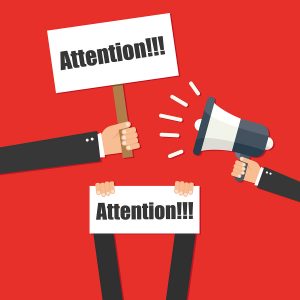 We've written here about how the government is looking at facial recognition to improve security and make access to places and data more efficient. While the policy and technology challenges are worked out within multiple government use cases, event planners can look to the same technology to improve how they deliver content and education.
We've written here about how the government is looking at facial recognition to improve security and make access to places and data more efficient. While the policy and technology challenges are worked out within multiple government use cases, event planners can look to the same technology to improve how they deliver content and education.
As this article points out, surveys provide a snapshot of audience reaction to an event, but they do so in days, even weeks after it has wrapped. Additionally, there is a lot of effort that goes into getting survey responses back and analyzed, and even then, the sample size may not be statistically valid.
Good speakers and planners know the power of reading the room and adjusting on the fly to keep and increase audience interest and participation. But bright lights, sheer audience size, and general logistics make that problematic. Tracking social media can also provide a real-time pulse on how attendees are digesting and reacting to content. But getting this feedback is dependent on attendees using these platforms and using them in real-time. With facial and biometric technologies, event planners and marketers can remove these challenges and dependencies and collect attendee feedback without having to ask anything of those attendees.
Audience engagement tools using biometrics can identify attendees' emotions without identifying the face or person. In one implementation, video cameras mounted at the side of the stage film the facial expressions of the audience. This feed is run through AI-powered software to identify and track expressions of the people watching the stage and what emotion they are expressing (fear, anger, happiness, etc.). A raw look at this data is available, but within a couple of minutes the software can more fully analyze it and provide a quick view if the audience is reacting positively or negatively.
Following the event, speakers can go back through the data to see where there were emotional peaks. From there, speakers can update their content based on the points that made the most significant connection with the audience.
Pricing can vary depending on the type of technology used and the analytics being run. On average, costs fall in the $5,000-$10,000 range. Some companies offer pricing per attendee, and others have a flat fee. While this can be a large investment, if you weigh the cost of facial recognition against the costs associated with speaker fees, and the event budget in general, spending money to find the effectiveness of sessions makes a lot of sense for future planning.
What are your thought on using facial recognition technology for event planning and management? Have you tried it? Do you want to? Share your thoughts in the comments.







